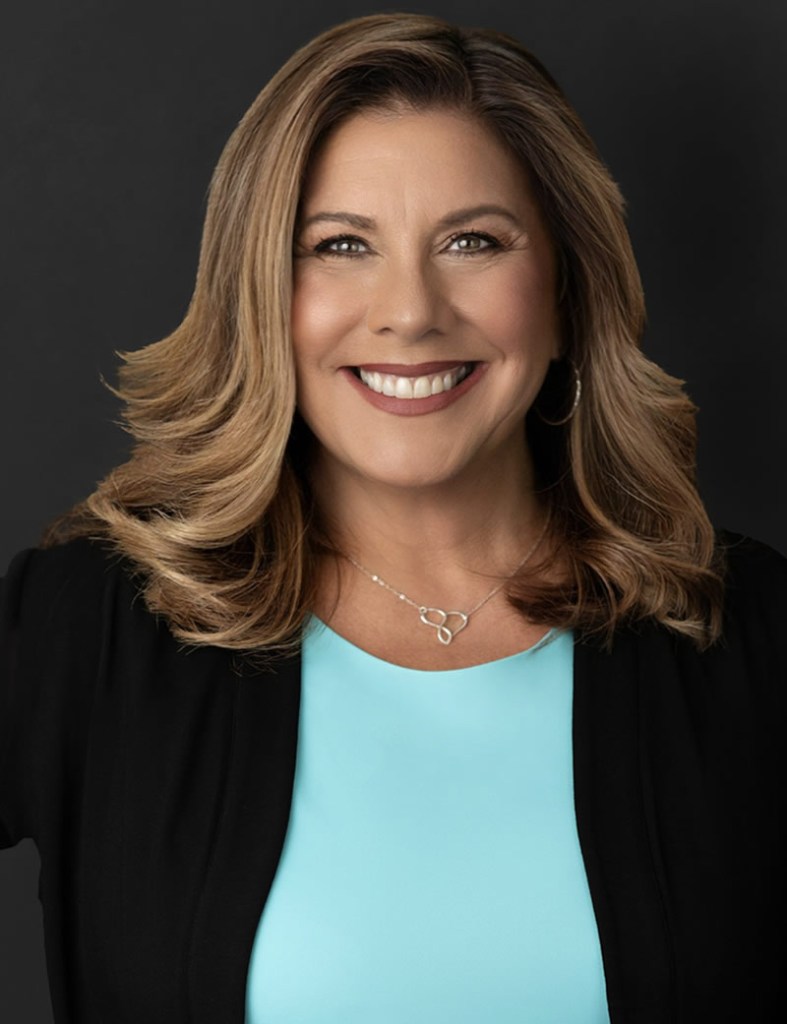Reverse mortgage industry veteran and professional coach Lorraine Geraci has been involved in the industry for over 20 years, and during that time has witnessed substantial changes to referral partnerships and product education.
In a wide-ranging conversation available in its entirety in a recent episode of The RMD Podcast, Geraci described her entrance into the reverse mortgage industry before diving more fully into the broader issues related to referral partnerships and the effectiveness of industry education practices.
How referrals have evolved
One of the major ways that referral partnerships have changed since the early 2000s is in the clientele the reverse mortgage industry focuses on, Geraci explained.
“[W]hen I first started in the industry, it was very focused on the needs-based client,” she said. “The older adult homeowner that didn’t have enough resources to be able to have a sustainable retirement or take care of their financial needs. So, a lot of us that were in the sales division were really [focused on] helping people by giving them access to liquidity and helping them with services that they needed money for.”
Over time, it became clear to Geraci and other industry-involved sales professionals that these types of clients were very focused on being advised by other referral partners to provide more neutral information about the reverse mortgage product, she said.

“Financial advisors, real estate professionals, CPAs, attorneys, folks like that [were being consulted],” she said. “And we noticed that these people were providing advice with limited knowledge or understanding about [reverse mortgages].”
That general lack of product knowledge among an increasingly important constituency led to the loss of business. Instead of taking the time to learn about the overarching specifics of the product and how it might interact with a prospective borrower’s situation, these partners were instead dissuading their clients from taking out such a loan, she said.
“In many cases, when they didn’t know about it, they were advising their clients not to, or they thought it was a product of last resort,” she said. “Times have changed, especially in the financial world, where these financial professionals are now realizing that this is also a wealth management tool.”
Lenders including the likes of Finance of America Reverse (FAR) and other leading industry players now employ financial advisors and other retirement professionals to more effectively communicate the potential difference a reverse mortgage could make with certain clients, and the industry has increasingly embraced positioning the products as a component of a broader financial plan.
“This is also an opportunity for people to be able to buy new properties with home equity, and of course, really sustained longevity and financial comfort as they get older in their homes,” Geraci explained. “So now more than ever, it’s important that our folks that we deal with and our clients deal with have an understanding about how this works, so they can really recognize which clients might benefit most from [a reverse mortgage] as well.”
Education and borrower disconnect
Consistently, when reverse mortgage professionals are asked about elements of the business that require expansion or a redoubling of efforts, product education and accompanying borrower outreach routinely reach the top of such a list.
However, data collected this summer by Mutual of Omaha Mortgage and shared by a company representative at a recent reverse mortgage industry event spotlights an ongoing disconnect between these efforts and both borrower awareness and understanding of reverse mortgage products.
For Geraci, there are plenty of potential architects for this lack of broader product awareness across both the public and private sectors.
“The program has had government oversight for over 36 years, and we still have a multitude of misconceptions,” she said. “The first reverse mortgage was written in 1961. Government oversight came in the late 1980s. Why do we have these misconceptions? Why are people still thinking that the lender owns their property and the children are going to get left with the debt? We are all missing something in the messaging.”
Geraci has seen firsthand that lenders are maintaining a focus on education, but there is more to do including the funnelling of additional resources to create new educational programs, she says.
“There are not enough resources put into [education] generally speaking,” she said. “Marketing and education really need to work together to create a consistent message. All that good messaging that we heard on a lot of those commercials [in years past], they’re just not a sustainable way of communication anymore.”
Trusted advisors and a choice of words
While trusted advisors and other financial professionals are seen as a more valuable resource when aiming to make connections with borrowers, unifying marketing, education and referral partner personnel can be better aligned to create a consistent level of product awareness than they currently are, she said.
“A lot of clients rely on their trusted advisors, and if they don’t know how helpful using home equity can be, they’re going to automatically — as I mentioned — shy away from it,” she said. “When I was doing real estate classes, I’ve taught over 11,000 real estate professionals. I counted for a reason, because I can honestly say that over 90% of those people had no idea that you can buy a property and get a reverse mortgage, and many of them didn’t even know what a reverse mortgage was.”
There is also a longstanding semantic discussion that Geraci would like to see revived.
“I think utilizing the word reverse, in many situations, causes people to think that they’re going backwards, [which is] looked upon as being negative or going in the wrong direction,” she said. “So I think it’s a combination of things, and I’m hoping that our industry as a whole really focuses on increasing awareness, putting more resources and — eventually — feet on the ground to be able to have more education working with our marketing divisions in a more consistent manner.”
This is especially true as the industry focuses on bringing new people into the fold, particularly formerly forward-only professionals who are being encouraged by lenders to add reverse mortgages to their suite of offered products.
“I promise, [those new industry entrants] don’t know what they’re doing completely,” she said. “And that is not helping the lending institutions or the wholesale partners. They’re spending so much time doing things for people or correcting incorrect focuses or decisions that are being made, and we’re not out there giving the right message as well as I think we should be.”



